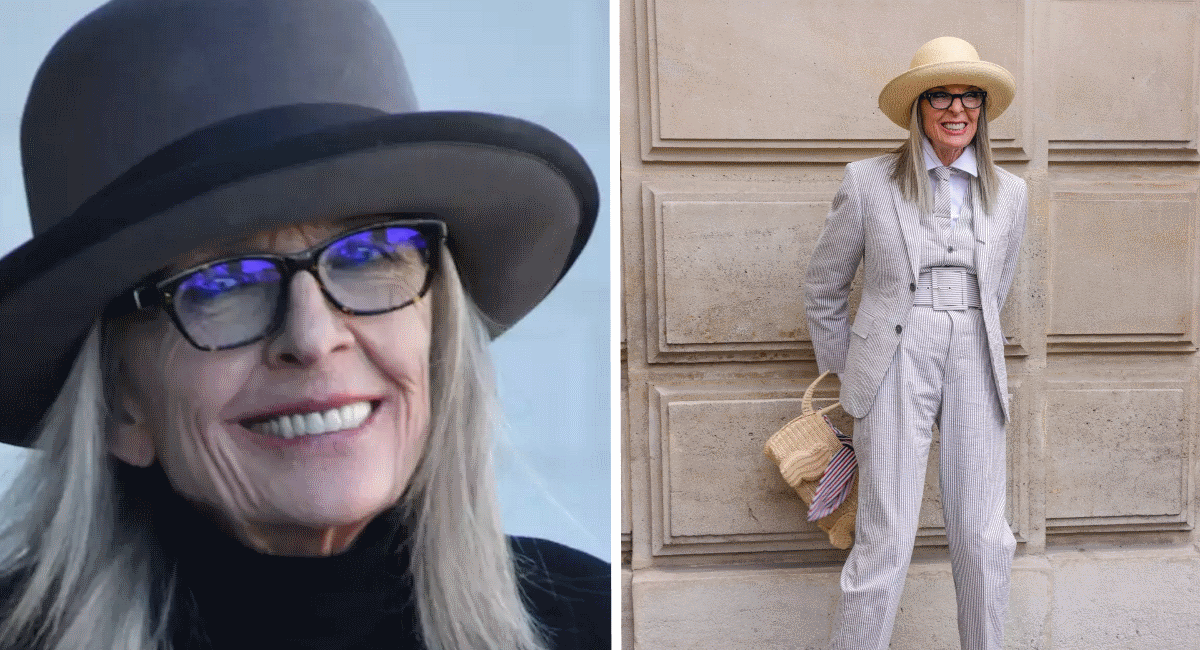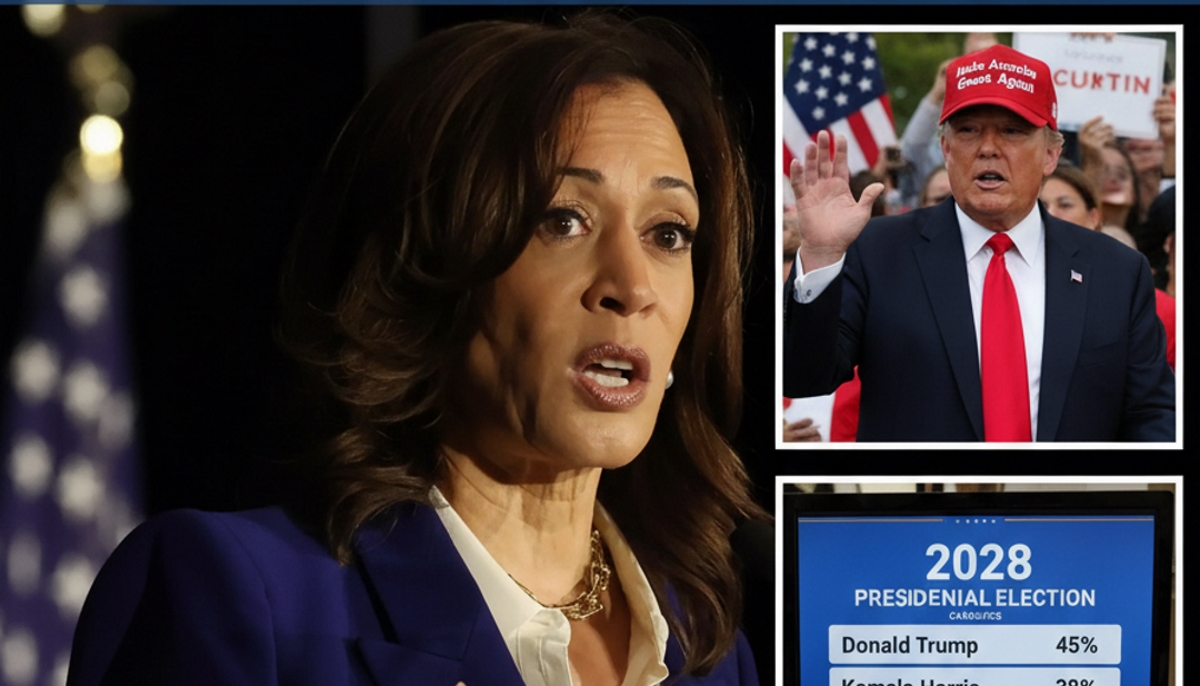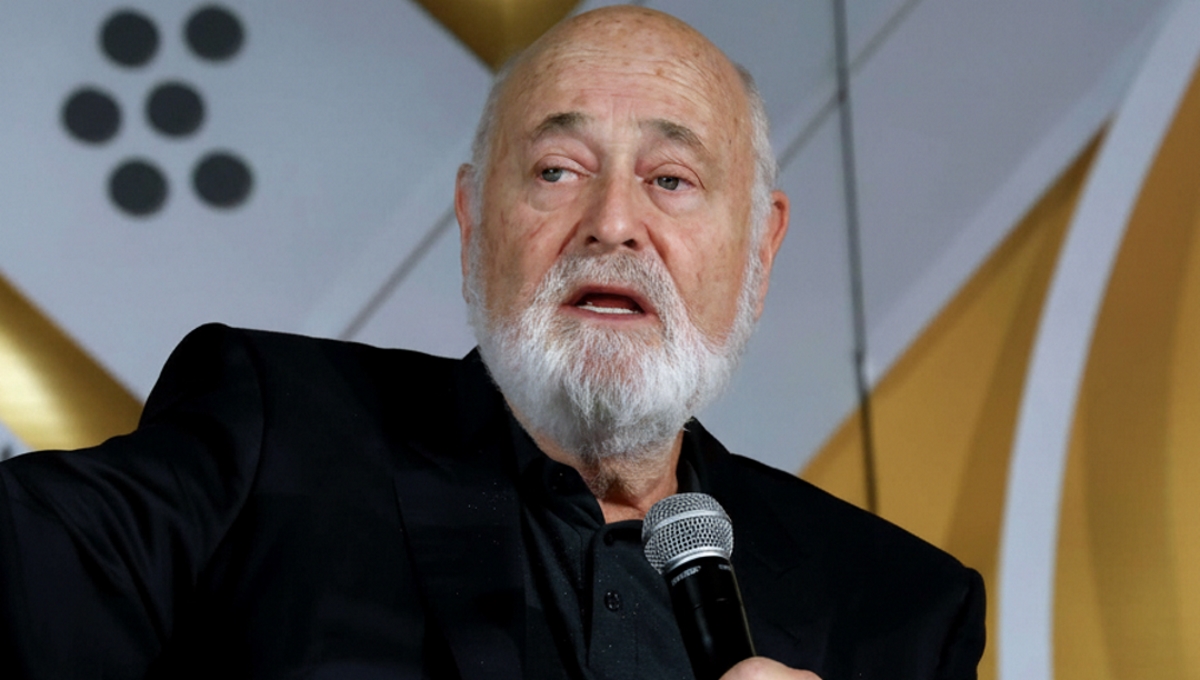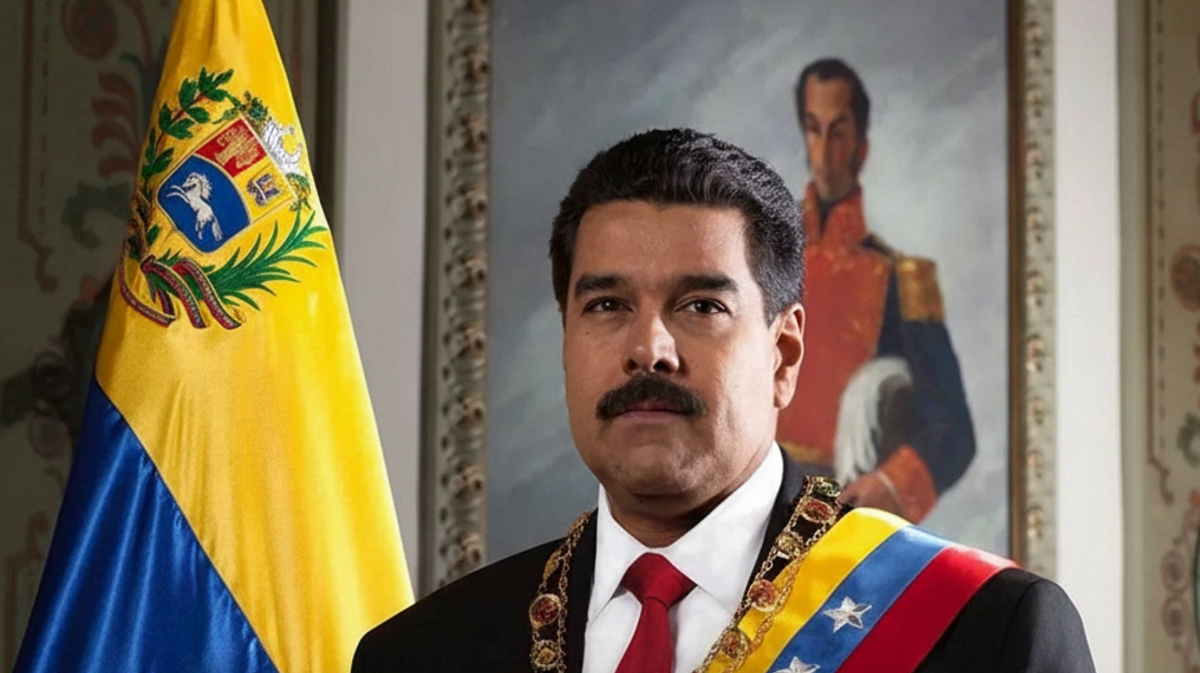For decades, legendary actress Diane Keaton has captivated the world with her unmistakable fashion — oversized hats, crisp suits, and carefully draped scarves. But behind what many thought was just a quirky signature look, there’s a heartbreaking truth. Keaton, one of Hollywood’s most iconic figures, quietly carried deep pain about her appearance and aging, a personal struggle she kept hidden for years.
The revelation came to light through a resurfaced interview highlighted by Vogue, in which Keaton admitted that her decision to always wear hats and cover her neck wasn’t about style alone. It was, in her words, about “disappearing in plain sight.” “I hated my neck. I’ve always hated it,” she confessed. “The hats came later. I guess they were my armor. My way of being seen without really being seen.”
Throughout her career — from her breakout role in Annie Hall to her later iconic appearances — Keaton became known for transforming simple fashion into something unforgettable. But what fans perceived as confidence was, in part, a way of shielding insecurities born from a culture obsessed with youth and beauty. “Hollywood doesn’t make it easy to grow older,” she told The Hollywood Reporter. “Especially for women. You either conform, disappear, or find a way to protect yourself.”
“I hated my neck. I’ve always hated it. The hats came later. They were my armor.” — Diane Keaton @voguemagazine
Friends and colleagues say her trademark style started as a coping mechanism during the late 1980s, a period when Keaton quietly withdrew from much of the red-carpet spotlight. According to a close friend speaking with People, the actress struggled privately with feelings of invisibility as she aged in an industry that relentlessly spotlights younger stars. “She found a way to build a wall around herself, but she made that wall beautiful,” the friend said. “Her hats became a kind of shield.”
Keaton also revealed that part of her discomfort stemmed from early beauty standards imposed on her as a young actress. In one particularly raw conversation with Elle, she admitted, “They told me everything about me needed to change — my hair, my face, my voice. It sticks with you. It never really leaves.” Her refusal to undergo major cosmetic procedures, which many of her peers embraced, made her even more self-conscious about how aging would be perceived.
But what began as an act of insecurity slowly evolved into empowerment. In interviews over the years, Keaton explained how she embraced hats and scarves not just to hide, but to reclaim control. She turned the very thing she feared into her signature, reshaping how the public saw her. Fashion critics told The New York Times that Keaton “transformed vulnerability into strength,” making her look iconic without ever following trends.
“She turned insecurity into a fashion revolution. Nobody wore a hat like Diane Keaton.” — @nytimes
For many fans, learning the painful truth behind her signature look has only deepened their admiration. Social media has been flooded with messages of love and respect, with thousands calling her story “relatable,” “brave,” and “beautifully human.” One viral post read, “She made a fashion statement out of insecurity — that’s strength.” Another user wrote, “She made women of all ages feel seen.”
Keaton, now in her late 70s, has become more candid about aging in Hollywood than ever before. She has spoken openly about her choice not to marry, her love of solitude, and the quiet insecurities that shaped her career. During a recent appearance on a podcast reported by Entertainment Tonight, she joked, “People think the hats are for fashion. Honestly? They just make me feel safe. And maybe a little bit fabulous, too.”
Her story resonates with millions of women who have felt invisible, overlooked, or pressured to live up to impossible standards. Cultural critics told BBC News that Keaton’s candor highlights a broader issue — how female stars are forced to navigate aging differently than their male counterparts. “When a man gets older, he’s called distinguished. When a woman gets older, she’s told to fix it,” one commentator noted.
Despite the pain behind it, Keaton’s fashion legacy has become a symbol of resistance. She showed that vulnerability doesn’t have to be hidden — it can be worn proudly, stitched into your identity, and turned into something powerful. “I may not love every wrinkle,” she told Vanity Fair, “but I love who I’ve become in them.”
Today, Diane Keaton’s hats and scarves are more than accessories. They’re the armor of a woman who turned insecurity into power — and in doing so, inspired generations to embrace themselves exactly as they are.






